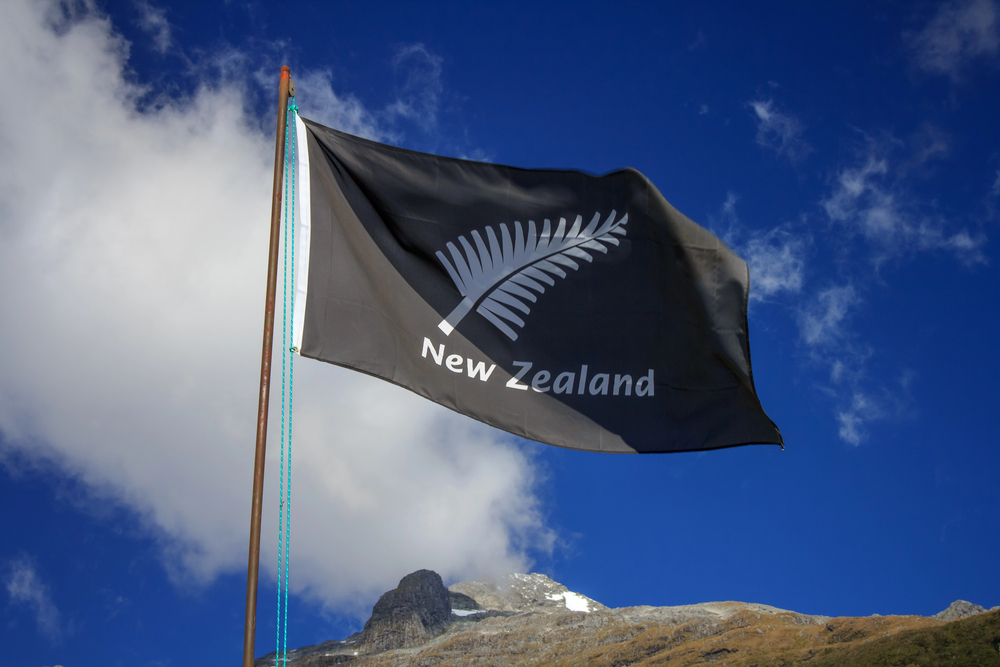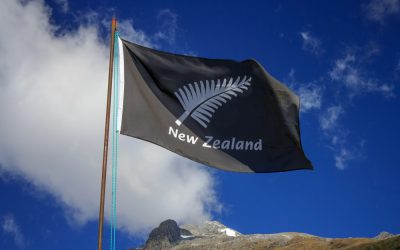Taking a look at recent, positive, uplifting, news stories and yarns, from New Zealand and all around the world, to bring a smile and a bit of cheer.
Migratory moths navigate by the stars
From the amazing world of insects comes the story of the incredible Australian Bogong moth that migrates massive distances relying on the stars for navigation. Scientists have discovered that the moths’ migratory journeys are plotted using stars, much in the same way that birds and humans do.
“Bogong moths looking to escape the heat travel in the spring from all over southeastern Australia to cool caves in the Australian Alps, where they huddle in a dormant state. The insects then fly all the way back in the fall to mate and die. Researchers replicated the conditions of this astonishing journey in the lab and discovered a key tool the moths used to find their way: the starry night sky.
“‘It is an act of true navigation,’ said Eric Warrant, head of the Division of Sensory Biology at Lund University in Sweden, and a coauthor of the study published in the journal Nature. ‘They’re able to use the stars as a compass to find a specific geographic direction to navigate, and this is a first for invertebrates.’
“Stars are not the only navigational cue the insects use to reach their destination. They can also detect Earth’s magnetic field, according to evidence found by previous research conducted by Warrant and some of his colleagues from the new study. By using two cues, the moths have a backup in case either system fails — for example, if there is a magnetic anomaly or the night sky is cloudy.” (Source: “Scientists say a tiny brown moth navigates 600 miles using stars — just like humans and birds,” by Jacopo Prisco June 20, www.edition.cnn.com).
5 stars – proving once again that the creatures we share our planet with are astonishing and surprising. Great stuff.
Historic ship’s final resting place discovered
For many years the whereabouts of James Cook’s vessel, HMS Endeavour has been a topic of debate amongst experts but it has been confirmed that the ship’s resting place is in Rhode Island’s Newport Harbour in the United States.
“Daryl Karp, Australian National Maritime Museum (ANMM) director, said: ‘This final report is the culmination of 25 years of detailed and meticulous archaeological study on this important vessel. It has involved underwater investigation in the US and extensive research in institutions across the globe. This final report marks our definitive statement on the project.’
“Between 1768 and 1771, the Endeavour became the first European vessel to reach eastern Australia and circumnavigate the main islands of New Zealand. Sold and renamed as the Lord Sandwich in 1775, the ship then sank off the US coast during the American War of Independence in 1778.
“Experts compared the shipwreck with historical plans of Cook’s vessel, discovering timbers in the same location as the Endeavour’s main and fore masts. Measurements of the wreck also aligned with those taken during a 1768 survey of the Endeavour, while analysis of the wood showed it originated from Europe, correlating with records of the vessel having been repaired in 1776.” (Source: “Missing HMS Endeavour’s disputed resting place confirmed,” by Neve Dawson, June 21, www.nzherald.co.nz).
5 stars – the Endeavour is a significant vessel in the history of European exploration and it’s a big boon to know exactly where she rests!
Bear relieved of cumbersome burden
For two years a black bear in Michigan, United States wondered the woods hampered by a plastic lid that had has become stuck around its neck. The bear was found and trapped by rescuers recently and the large lid removed.
“‘It’s pretty incredible that the bear survived and was able to feed itself,’ state bear specialist Cody Norton said. ‘The neck was scarred and missing hair, but the bear was in much better condition than we expected it to be.’
“The bear first turned up on a trail camera as a cub in 2023 in the northern Lower Peninsula. After that, the Department of Natural Resources was on the lookout for the elusive animal with a hard plastic lid around the neck, Norton said. The bear appeared again on a camera in late May, still wearing the barrel lid, and the DNR responded by setting a cylindrical trap and safely luring him inside. The bear was immobilised with an injection and the lid was cut off in minutes on June 3. The bear eventually woke up and rambled away. (Source: “A bear roamed the woods for two years with an awful lid on his neck. Not any more,” by Ed White, June 19, www.stuff.co.nz).








0 Comments